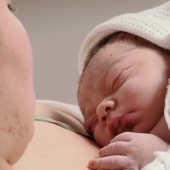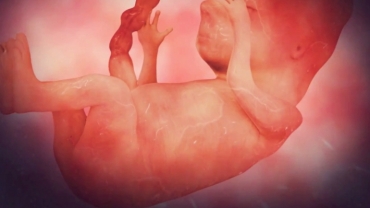While many births come and go without any problems (well, other than adjusting to a new sleep schedule with your newborn), sometimes there are complications during the birthing process.
Occasionally, something happens that prevents the mother from delivering her baby normally, through what is called a vaginal birth, where the baby exits the uterus through the birth canal. While this is oftentimes the preferred method of birth, when a vaginal birth cannot be performed safely, a surgical approach is needed.
A Cesarean section (C-section) is a surgical procedure used to deliver a baby through an incision in the mother's abdomen and uterus. A C-section is performed whenever there is concern for the health of the mother or the baby. Some reasons for a C-section may be:
• Fetal size: if the fetus is too large to fit through the birth canal
• Abnormal fetal presentation: if the fetus is not in the correct position for birth, then there may be concern that he or she may get stuck within the birth canal
• Low oxygen, heartbeat or other signs of fetal distress: these may be caused by problems with the placenta or the umbilical cord
• Obstruction of the birth canal: due to the umbilical cord or the placenta entering the birth canal before the fetus
• Or, simply that labor isn't progressing as quickly as it should
Any of these or other problems that may cause injury of the mother or baby may require the baby to be delivered surgically. In some cases, the need for a C-section can be predicted ahead of time, but in other cases, a C-section is performed last-minute, as an emergency, when troubles are encountered during the birthing process.
- 6611 views













